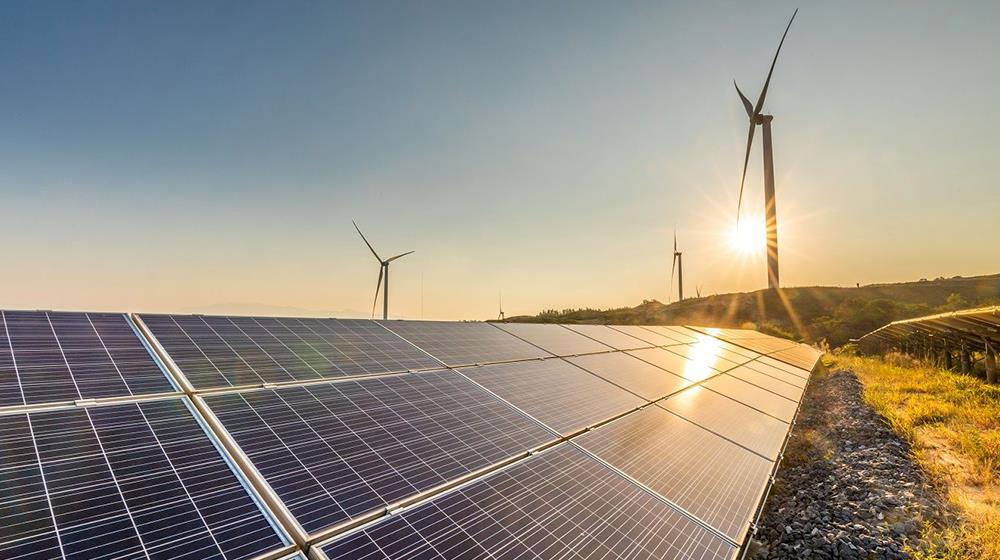As the world increasingly shifts towards Renewable Energy Sources (RES), a new study reveals the immense potential of wind and solar energy in the Eastern Mediterranean and Middle East (EMME) region by 2050.
The study, conducted by the Climate and Atmosphere Research Center (CARE-C) of The Cyprus Institute (CyI), highlights that the region could meet most of its growing energy demand through utility-scale Renewable Energy Sources.
Key Highlights:
- The study projects that 89% of the projected energy demand in the EMME region by 2050 could be met through utility-scale renewable energy sources.
- Egypt emerges as a “powerhouse”, with the potential to achieve a surplus energy production of 76 GW per hour and become a RES hub in the region.
- Solar resources in Cyprus, Greece and Turkey are highly predictable, though with substantial variability during winter; especially Cyprus will need storage capacity.
- The United Arab Emirates and Iran may face electricity deficits if solely relying on their utility-scale RES potential.
The transition from conventional fuels to renewable energy sources has opened up unprecedented opportunities for energy self-sufficiency. With utility-scale solar and wind energy shaping the transition, precise location is crucial, to ensure efficient integration into the grid, taking into consideration current and future climate variables.
The study, utilising a meteorological and atmospheric chemical forecasting system, provides crucial insights into the technical potential of RES in all EMME countries. By mapping hourly generation profiles per source and country, simulated starting in 2015 up to 2050, the study identifies potential energy surpluses and deficits across the region.
PhD candidate Pantelis Kiriakidis, lead author of the study, commented, "Our findings indicate a transformative potential for the EMME region, with the possibility of seven countries becoming net energy exporters by 2050. However, it's imperative for policymakers to take into account the complementary and substitute relationships between solar and wind energy generation as well as seasonal variations, for effective energy planning."
The study identifies four dominant patterns of wind and solar energy generation, providing valuable insights for energy system operators. For example, with Greece showcasing near-constant wind energy potential, the country is well-positioned for seamless grid integration.
As the world looks towards a sustainable energy future, leveraging the abundant wind and solar resources in the EMME region could pave the way for significant socioeconomic and environmental benefits.
The study is published in the journal Science of the Total Environment









